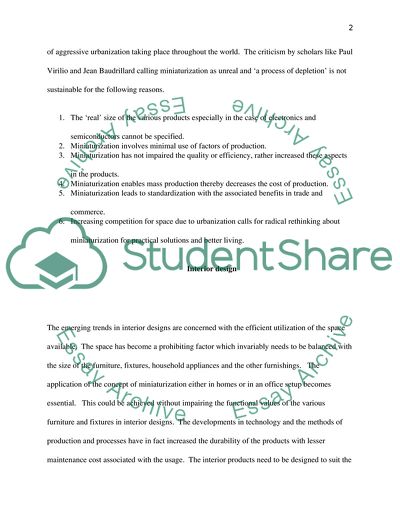Cite this document
(Miniaturization and Spatial Design Research Paper, n.d.)
Miniaturization and Spatial Design Research Paper. Retrieved from https://studentshare.org/design-technology/1792158-miniaturization-and-spacial-design
Miniaturization and Spatial Design Research Paper. Retrieved from https://studentshare.org/design-technology/1792158-miniaturization-and-spacial-design
(Miniaturization and Spatial Design Research Paper)
Miniaturization and Spatial Design Research Paper. https://studentshare.org/design-technology/1792158-miniaturization-and-spacial-design.
Miniaturization and Spatial Design Research Paper. https://studentshare.org/design-technology/1792158-miniaturization-and-spacial-design.
“Miniaturization and Spatial Design Research Paper”, n.d. https://studentshare.org/design-technology/1792158-miniaturization-and-spacial-design.


